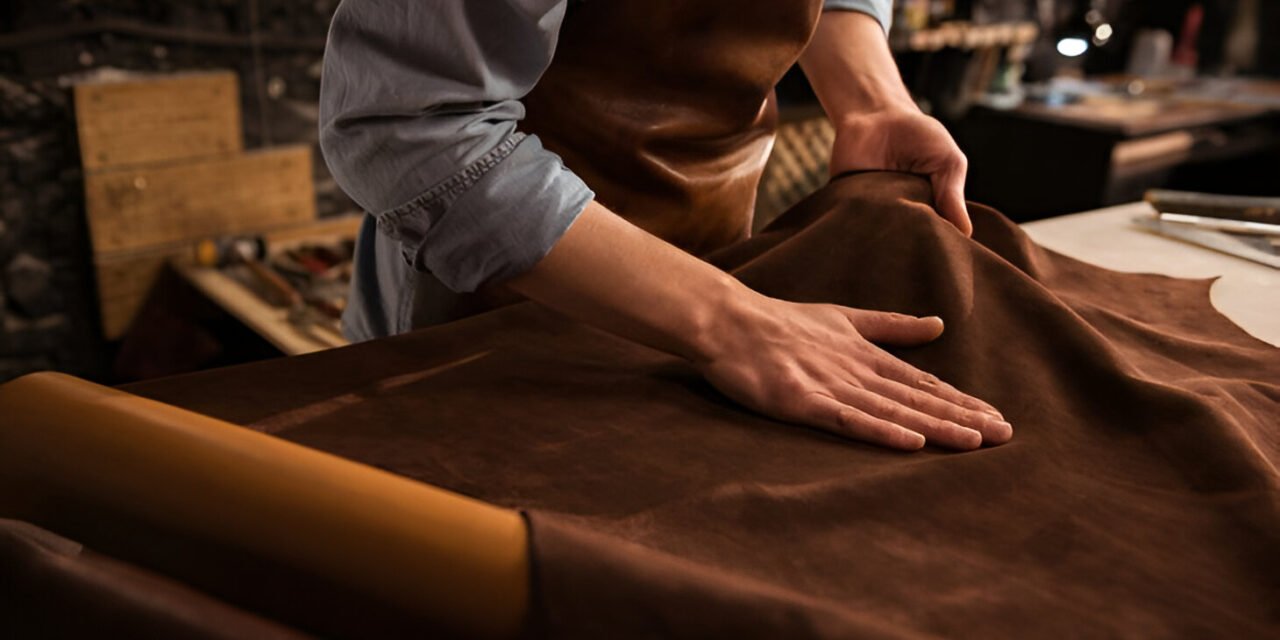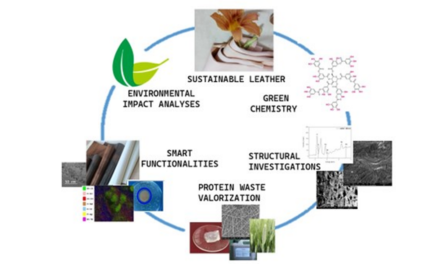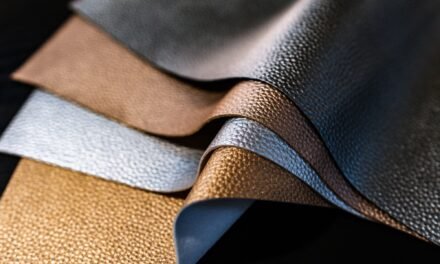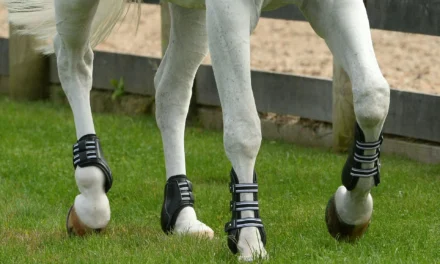Leather tanning for accessory-grade leather is a process that transforms raw animal hides into durable, flexible, and attractive leather suitable for making wallets, belts, bags, and other accessories. The tanning process enhances the leather’s durability, softness, and appearance while preventing decay. Here’s a detailed overview of how leather tanning is done for accessory-grade leather:
1. Preparation of Raw Hides
Steps:
- Curing:
- Raw hides are preserved through salting or drying to prevent decomposition before processing.
- Soaking:
- Hides are soaked in water to rehydrate and remove dirt, blood, and salt residues.
- Liming:
- Placed in lime and sulfide solutions to loosen and remove hair, fat, and flesh.
- Fleshing:
- Mechanically scrape away remaining flesh and fat from the underside of the hide.
- Deliming and Bating:
- Neutralizes the alkaline effects of liming and softens the hide using enzymes.
2. Splitting and Trimming
- Purpose:
- Splitting the hide into layers to achieve uniform thickness, depending on the intended use.
- Layers:
- Full-Grain Leather: The strongest and most natural layer, used for high-quality accessories.
- Top-Grain Leather: Sanded or corrected to remove imperfections, offering a smooth surface.
- Split Leather: Derived from lower layers, often used for suede or embossed finishes.
3. Tanning
Tanning stabilizes the collagen fibers in the hide, making it resistant to decay and increasing durability. The choice of tanning method depends on the desired characteristics of the finished leather.
Methods:
- Vegetable Tanning:
- Process:
- Hides are soaked in natural tannins derived from tree bark, leaves, or fruits.
- This process takes several weeks and involves repeatedly immersing the hides in stronger tannin solutions.
- Properties:
- Durable, firm, and develops a rich patina over time.
- Ideal for belts, wallets, and other sturdy accessories.
- Advantages:
- Eco-friendly, biodegradable, and aesthetically appealing.
- Disadvantages:
- Longer processing time and higher costs.
- Process:
- Chrome Tanning:
- Process:
- Hides are treated with chromium salts (usually chromium sulfate) in drums, a process that takes 1–3 days.
- Properties:
- Soft, flexible, and resistant to water and heat.
- Commonly used for bags, jackets, and shoes.
- Advantages:
- Faster and more economical than vegetable tanning.
- Disadvantages:
- Less environmentally friendly due to chromium waste.
- Process:
- Combination Tanning:
- Process:
- Combines vegetable and chrome tanning to leverage the strengths of both methods.
- Properties:
- Balances durability, softness, and aesthetic appeal.
- Popular for premium accessory-grade leather.
- Process:
- Synthetic Tanning:
- Process:
- Uses synthetic tannins or resins to tan leather, often as a supplement to other methods.
- Properties:
- Lightweight and versatile, used for specialty applications.
- Process:
- Aldehyde Tanning:
- Process:
- Uses glutaraldehyde or oxazolidine compounds.
- Properties:
- Produces soft, white leather often used in baby accessories and sensitive products.
- Process:
4. Re-Tanning
- Purpose:
- Enhances specific properties such as softness, color, or durability.
- Process:
- Hides are re-tanned with additional vegetable tannins, synthetic agents, or chromium salts.
- Application:
- Essential for achieving desired characteristics in accessory-grade leather, such as a smooth finish or vibrant colors.
5. Dyeing and Coloring
- Purpose:
- Adds color and aesthetic appeal to the leather.
- Process:
- Leather is submerged in vats with water-based dyes or treated in drums for even color penetration.
- Options:
- Aniline Dyeing:
- Retains the natural texture and markings of the leather.
- Semi-Aniline Dyeing:
- Includes a protective topcoat for added durability.
- Pigmented Dyeing:
- Covers the surface with a solid, uniform color.
- Aniline Dyeing:
6. Fatliquoring
- Purpose:
- Restores oils and fats to the leather to maintain softness, flexibility, and water resistance.
- Process:
- A mixture of oils and emulsions is added to the leather during or after dyeing.
7. Drying
- Methods:
- Air Drying: Leather is hung or stretched in a controlled environment.
- Toggling: Leather is pinned to frames to prevent shrinkage.
- Vacuum Drying: A vacuum is used to dry leather quickly while maintaining smoothness.
8. Finishing
- Purpose:
- Enhances the appearance, texture, and performance of the leather.
- Steps:
- Buffing: Smoothens or textures the surface.
- Coating: Adds protective layers, such as waxes, oils, or polymers.
- Embossing: Imprints patterns, textures, or logos onto the leather.
- Polishing: Gives the leather a glossy or matte finish.
- Special Finishes:
- Metallic, pearlescent, or antique finishes for unique accessory designs.
9. Quality Control
- Inspection:
- Each piece is checked for consistent thickness, color, texture, and absence of defects.
- Grading:
- Leather is graded based on its quality, with premium grades reserved for high-end accessories.
10. Packaging and Distribution
- Treated leather is rolled or stacked for storage and transportation to manufacturers for crafting into accessories.
Key Considerations for Accessory-Grade Leather
- Softness and Flexibility:
- Must be pliable for crafting wallets, bags, and other accessories.
- Durability:
- Should resist scratches, wear, and environmental damage.
- Aesthetic Appeal:
- Uniform color, smooth surface, and optional patterns for a luxurious look.
- Eco-Friendliness:
- Increasing demand for sustainable tanning methods like vegetable or chrome-free tanning.
Conclusion
Leather tanning for accessory-grade leather is a meticulous process involving preparation, tanning, dyeing, and finishing to create high-quality material. The choice of tanning method and finishes depends on the intended use, with vegetable tanning preferred for artisanal accessories and chrome tanning for mass-market goods.Proper tanning ensures that the leather is durable, beautiful, and well-suited for creating premium leather accessories.
Hashtags
#AccessoryGradeTanning #LeatherTanningProcess #LuxuryLeatherCrafting #TanningForAccessories #HighQualityLeatherTanning #LeatherCraftsmanship #SustainableTanningTechniques #AccessoryLeatherProduction #PremiumLeatherTanning #LeatherFinishingForAccessories







